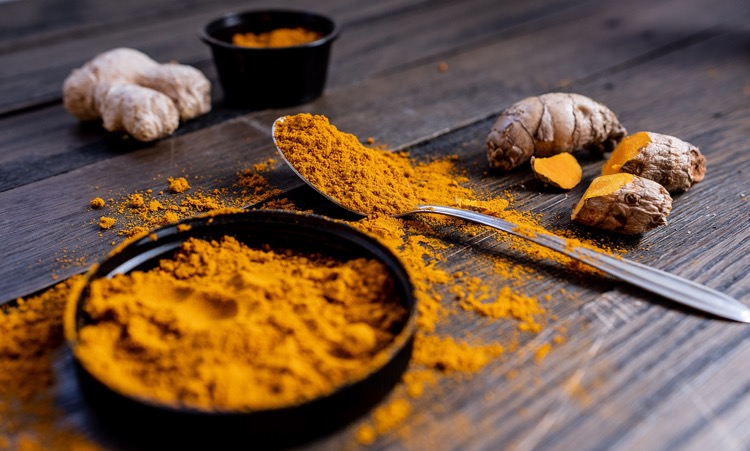
Turmeric is a popular spice used in Indian and Middle Eastern cuisine. It is made from the dried and powdered root of the Curcuma longa plant. Turmeric is known for its bright yellow color and has a warm, bitter taste. It is also commonly used as a natural dye.
Turmeric has been used for medicinal purposes for centuries in traditional Indian and Chinese medicine. The active ingredient in turmeric, curcumin, is known to be a powerful anti-inflammatory and antioxidant. Studies have shown that turmeric may have potential health benefits such as reducing the risk of heart disease (Simple ways to strengthen your heart), Alzheimer’s disease, and certain cancers. It may also have anti-inflammatory effects on the skin and may be beneficial in treating certain skin conditions.
Turmeric can be used in cooking or taken as a supplement in the form of capsules or powder. It is generally considered safe when used in moderate amounts. However, high doses or long-term use may cause gastrointestinal side effects. It’s always recommend to check with a healthcare professional before taking supplements or using in large quantity if you have any underlying medical conditions or taking any medications.
Different ways to use it
Turmeric can be:
- Added to curries and other savory dishes as a spice.
- Mixed with milk and honey to make a drink that can help with sore throat, cold and flu.
- Used as a natural food coloring.
- Taken it as a supplement for reducing inflammation and pain associated with conditions such as osteoarthritis and rheumatoid arthritis.
- Mixed it with coconut oil to make a paste for skin conditions like eczema and psoriasis.
- Used as an antioxidant, anti-inflammatory, and anti-cancer properties.
- Applied on face as a face pack for a healthy and glowing skin.
It’s important to remember that with everything, moderation is key.
Seek professional medical advise before you use turmeric for medical purposes






